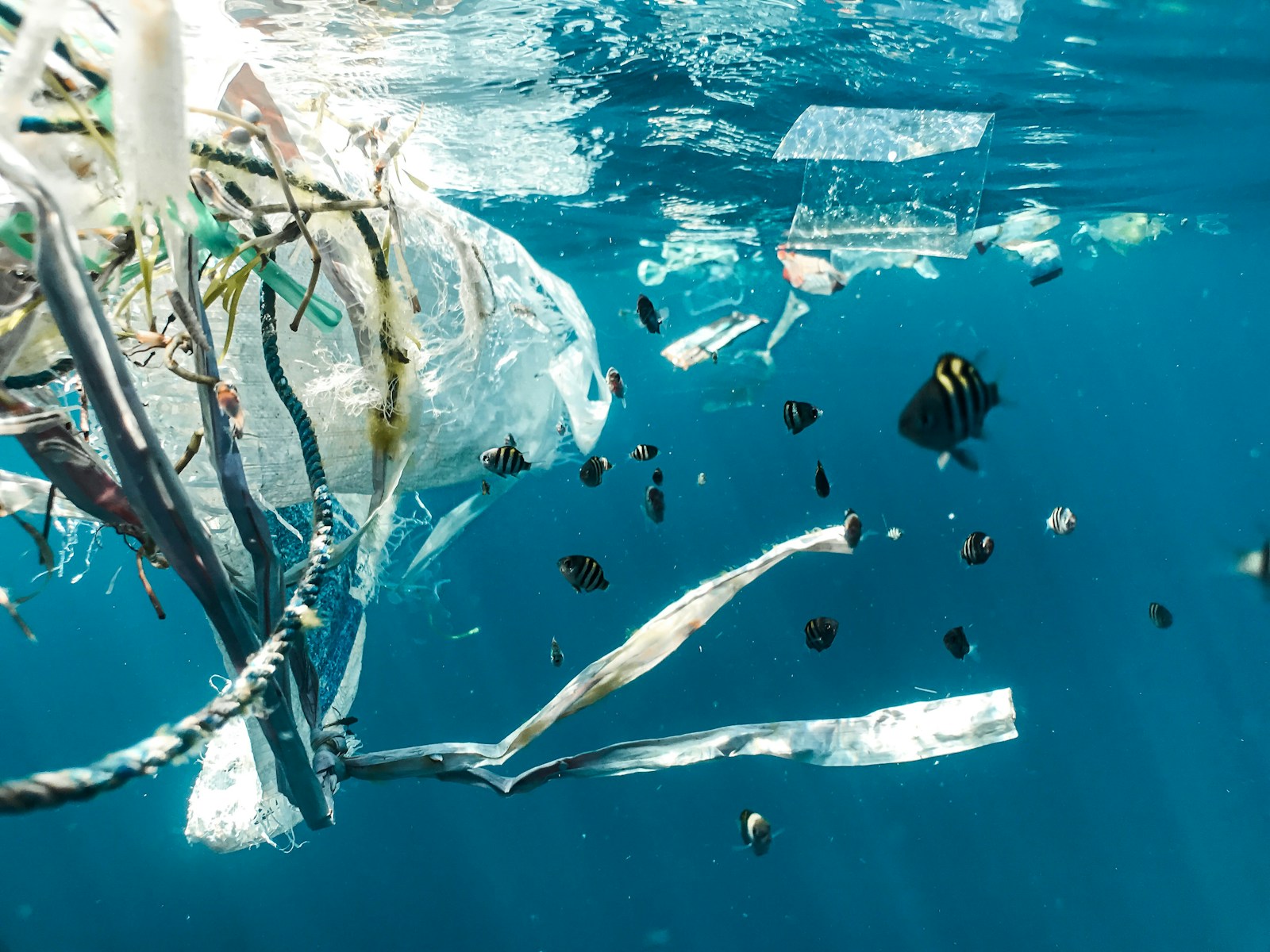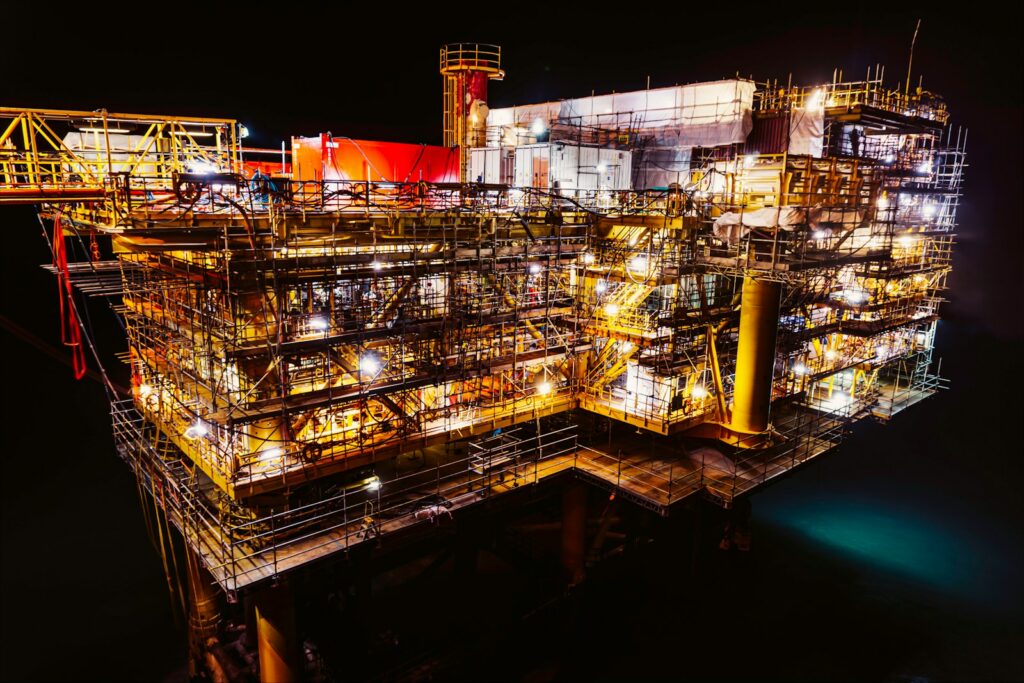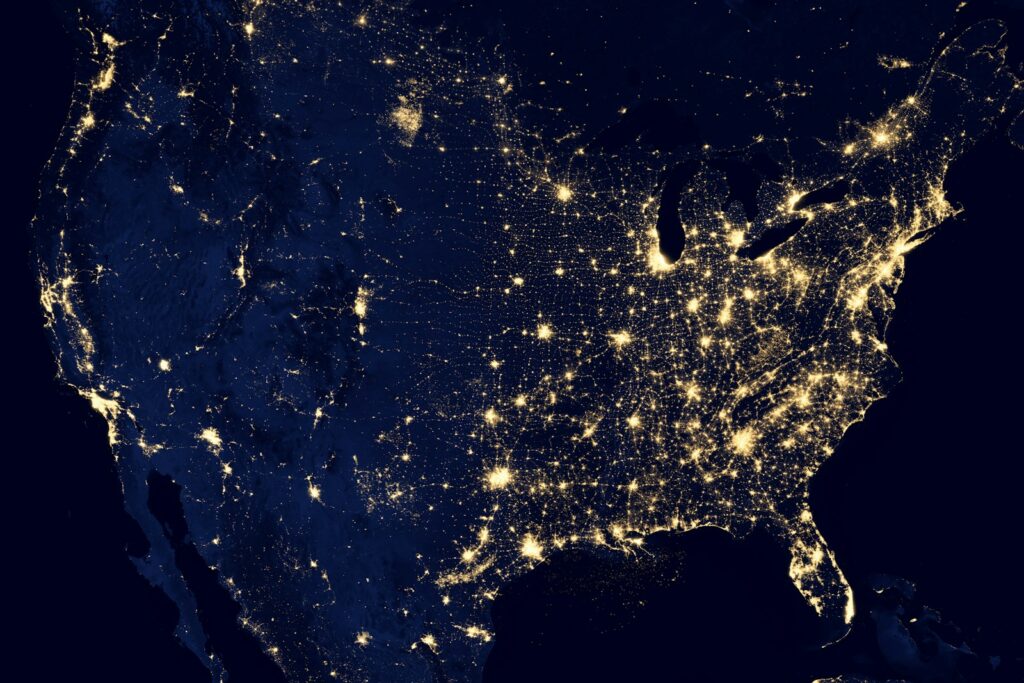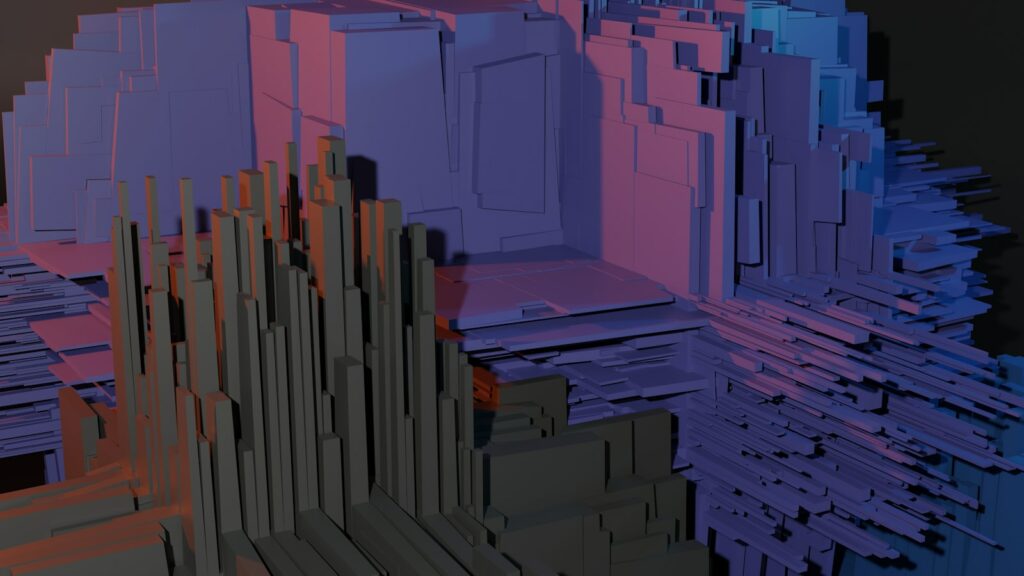The Irish Marine Institute’s Digital Ocean program is changing how marine data is used to ensure the sustainable development of ocean resources. Eoin O’Grady, a key figure in this initiative, recently explored how the innovative use of digital twins in enhancing ocean sustainability and decision-making.
O’Grady, Tara Keena and Andrew Conway have been pivotal in advancing Ireland’s marine digital capabilities. At a recent presentation, O’Grady discussed the growing activities in Ireland’s marine spaces, noting the significant push towards offshore renewable energy and the impact of climate change.
“Relevant and timely information is going to be critical for sustainable management, development and adaptation,” said O’Grady.

A digital twin can be considered a virtual model of the actual physical environment. The model is then executed in real time to monitor and forecast variations. O’Grady investigated the application of digital twins and engaged with stakeholders about intricate marine data.
“Digital twins can really help communicate and present our information and outputs to these key stakeholders,” he said.
One of the significant challenges has been how to link scientific data and practical application by policymakers, businesses and the public. As O’Grady noted: “Our strategic vision is that digital twins of the ocean will make marine knowledge readily available to policymakers, businesses, scientists, and citizens.”
The Digital Ocean program is not about reinventing the wheel but building on existing foundations. O’Grady highlighted the importance of leveraging past efforts.
“Repurposing the wheel is really about building on the foundations that we already have in place,” O’Grady said. This involves integrating diverse data sources and applying quality management to ensure the reliability of the information provided.
Advanced visualization and analytical tools play a crucial role in this digital transformation. O’Grady illustrated this with examples of how data from various sources, such as fixed platforms, mobile devices and remote sensing, are combined to support decision-making.
“We’re adding in modeling capabilities, allowing us to predict ahead or to look at what happened previously,” he noted.
Furthermore, the use of digital twins supports scenario modeling, which is vital for planning and responding to future challenges.
“Digital twins will help bridge that user-science gap,” O’Grady said, stressing their role in making complex data accessible and actionable for a broader audience.
O’Grady’s presentation detailed the transformative potential of digital twins in managing marine resources sustainably. By making marine data more accessible and actionable, Ireland’s Digital Ocean program is paving the way for more informed and effective ocean management.
















